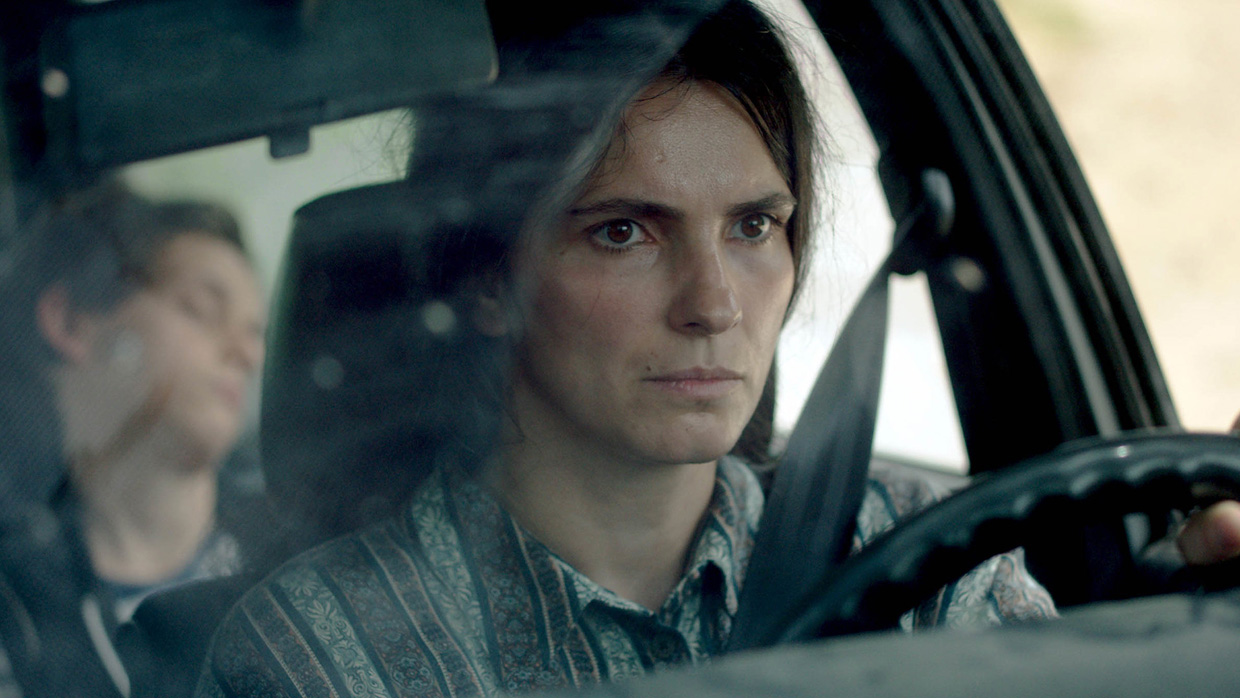 Back to selection
Back to selection
“The Whole Story Through the Protagonist’s Eyes”: Enis Saraçi on Hive
 Hive
Hive Blerta Basholli’s Hive explores macro gender dynamics in her home country of Kosovo. Among a league of women awaiting news of their husbands, fathers and sons’ fates in the Kosovo War, Fahrije practices self-reliance and encourages other women to seek independence despite the violent patriarchal expectations of their community. Editor Enis Saraçi tells us why the film is shot primarily through Fahrije’s perspective.
Filmmaker: How and why did you wind up being the editor of your film? What were the factors and attributes that led to your being hired for this job?
Saraçi: Yll and Valon, producers of Hive, were both familiar with my work. I had the pleasure to work with them on many projects. When they asked me to be part of the team, a previous cut was already done. They were interested to have another input. I saw that version, and then we had a long conversation with the director of the film, Blerta. We discussed that the film has bigger potential, and we agreed the film needs more changes in the structure of the film and scenes could serve better for the story. Blerta was very open to trying new ideas, and that made everything easier. I was very excited to work with her and glad that I could contribute to this film.
Filmmaker: In terms of advancing your film from its earliest assembly to your final cut, what were goals as an editor? What elements of the film did you want to enhance, or preserve, or tease out or totally reshape?
Saraçi: My main goal was to engage the audience with the protagonist as much as possible. The protagonist Fahrije is a complex character, so I wanted to enhance her weakest point which is “the missing husband” while living in a patriarchal society and tried to build everything around it. There were some great scenes, but they didn’t move the story forward, so we decided to sacrifice great scenes for a better story. We changed the film structure radically in order to tell a more powerful story.
Filmmaker: How did you achieve these goals? What types of editing techniques, or processes, or feedback screenings allowed this work to occur?
Saraçi: I tried to put the audience in the same position as the protagonist. Almost every scene begins with the protagonist and ends with her, and most of the shots are tight—we tried to tell the whole story through the protagonist’s eyes. I’m a fan of feedback screenings and I’m glad that we did some. It was helpful because that way, you are able to see if things are working. And sometimes some comments can inspire you for something else.
Filmmaker: As an editor, how did you come up in the business, and what influences have affected your work?
Saraçi: I grew up in a post-war country. When I was a child, football has no perspective. Therefore, I put my dream on hold and started to do other jobs. I used to spend my spare time at home editing videos of my favorite football players. That made me feel good, but I had no idea that editing could be my profession.
At age 17, I was lucky when my neighbor Eki Doberçani gave me the opportunity to learn more about editing in his post-production studio. After a couple of months I was employed there, and my first duty as an editor was to cut a TV show. My influences are D.W. Griffith, Sergei Eisenstein, Terrence Malick, Ron Fricke, and so many other filmmakers.
Filmmaker: What editing system did you use, and why?
Saraçi: The project was set on Avid before I got the job, so I was ok with that. Anyway, I’m comfortable with Avid—I feel the Avid system is more about thinking than trying.
Filmmaker: What was the most difficult scene to cut and why? And how did you do it?
Saraçi: The most difficult scene to cut was when the leader of widowed women proposed that some of them should get a driving license. It was the scene that we have to set up the theme and to introduce most of the characters in the film. There was plenty of dialogue, so the scene felt a bit descriptive. To deal with this situation—we have cut out a lot of lines. And instead of using dialogue, we have decided to create silent moments in a way to stress out the important things. In the end, we didn’t miss anything in terms of information, and the scene was more emotional.
Filmmaker: Finally, now that the process is over, what new meanings has the film taken on for you? What did you discover in the footage that you might not have seen initially, and how does your final understanding of the film differ from the understanding that you began with?
Saraçi: When you are in the editing room, you are constantly looking for ways to improve things, along with the director and producers. We made many decisions, so the film ended up different from the original script. But we are all glad that we achieved the initial goals, and the basic idea remains the same.
